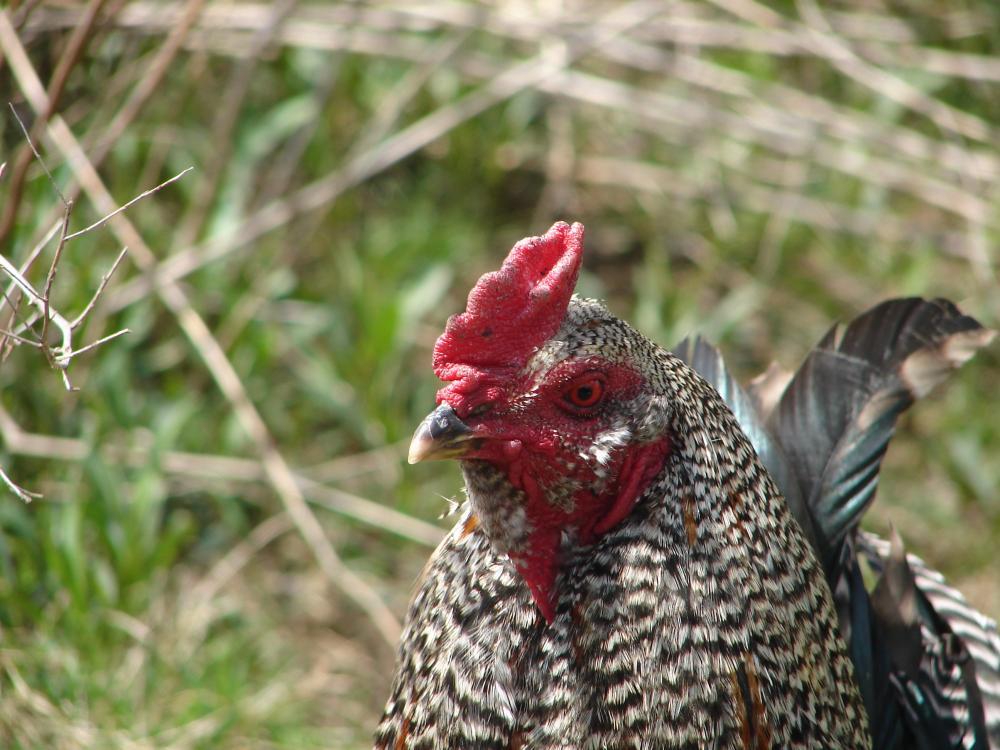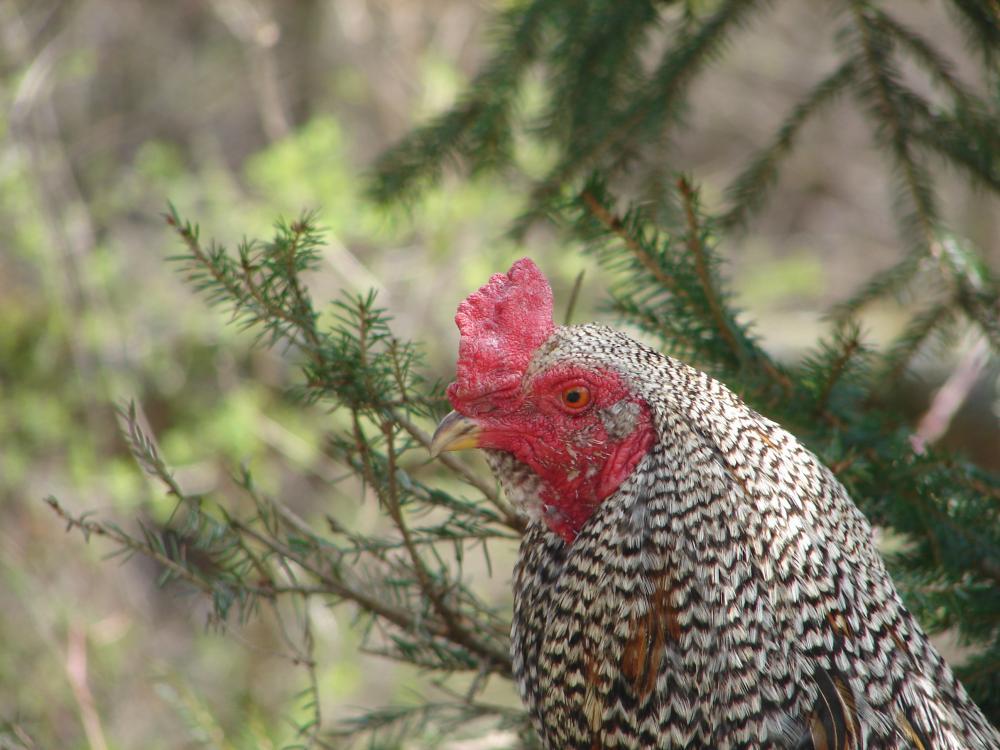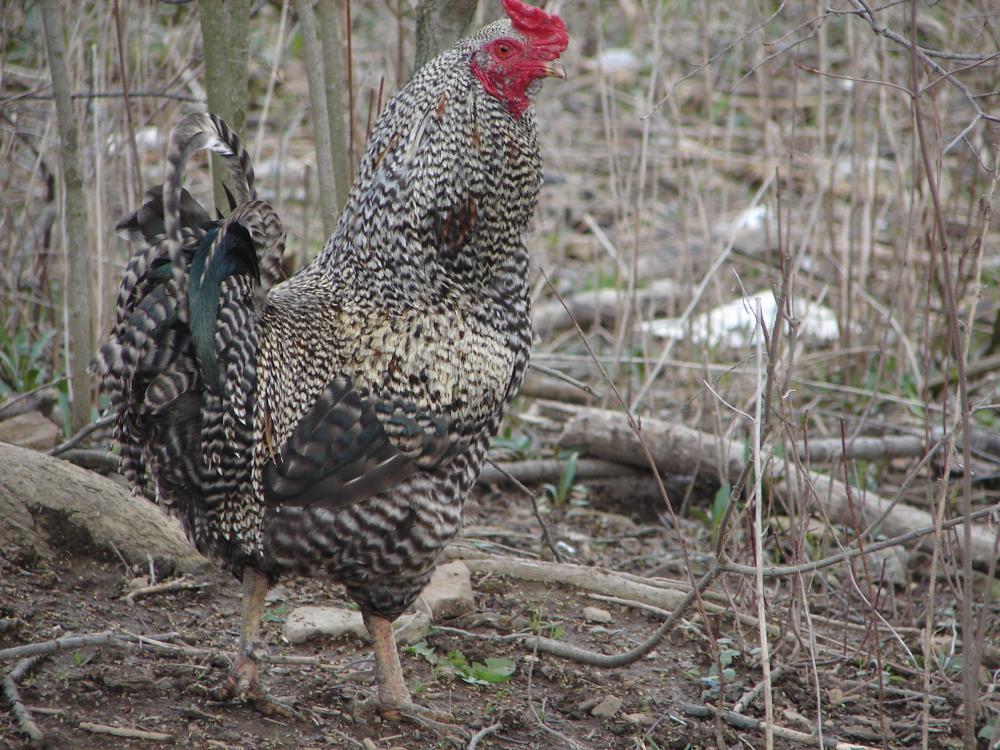Quote:
I thought that the egg color gene always came from the rooster. If so, then all of your new ones should lay brown eggs, even though they came from green eggs. Sorry

I thought that the egg color gene always came from the rooster. If so, then all of your new ones should lay brown eggs, even though they came from green eggs. Sorry









